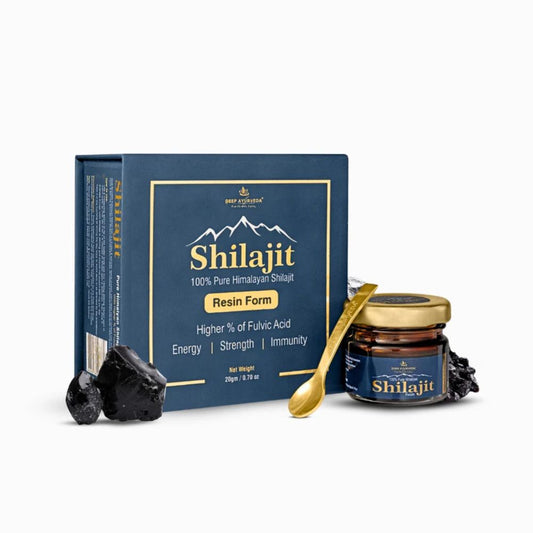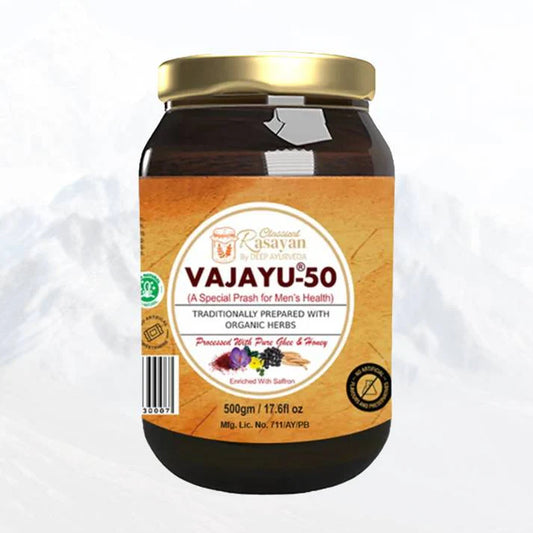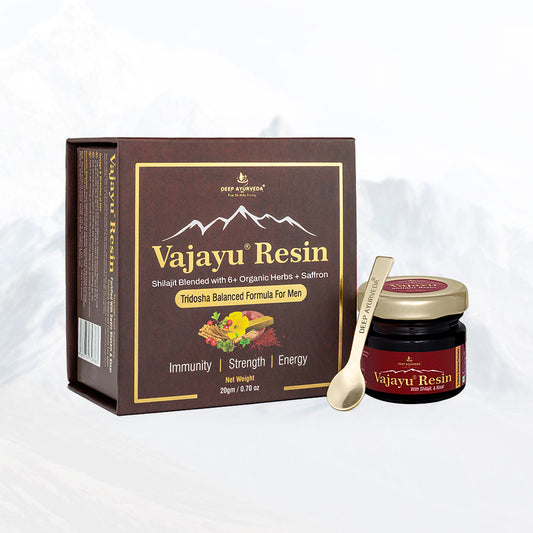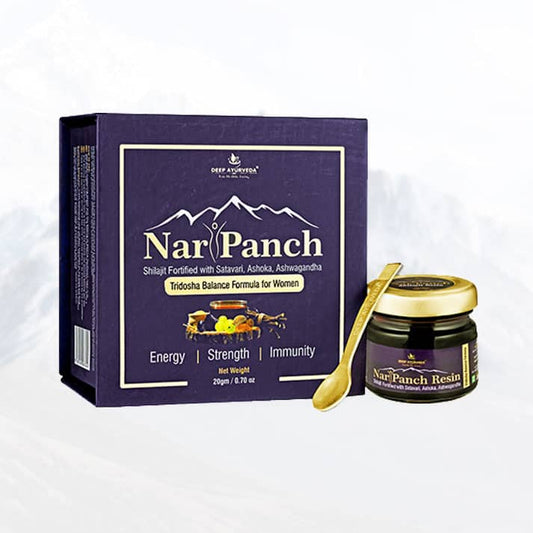Whether you’re braving a snowy winter in the mountains, enduring a humid tropical summer, or living through a desert dry spell, wellness should never take a backseat to weather. Climate plays a massive role in how your body feels, how your mind responds, and what your daily needs are. But the good news? You can build a wellness routine that adapts and works—no matter where you are or what season you're in.
In this guide, we explore how to create a flexible, climate-proof wellness routine grounded in timeless practices, cultural wisdom, and practical modern science.
Why Climate-Aware Wellness Matters
Most people try to force a one-size-fits-all routine all year round—but what works in summer might not work in winter, and vice versa. Your body constantly adapts to its surroundings. Climate affects your:
-
Hydration needs
-
Mood and energy levels
-
Skin and hair health
-
Digestion and metabolism
-
Immune system
That’s why your wellness routine should be as dynamic as nature itself. A strong, climate-conscious routine will help you feel grounded, balanced, and energized—365 days a year.
The Core Pillars of a Climate-Proof Wellness Routine
Before we get into climate specifics, let’s outline the 5 non-negotiable elements of any wellness routine:
-
Movement – Daily physical activity tailored to your energy and environment.
-
Nutrition – Seasonal, local foods that support your metabolism.
-
Hydration – Adapting water intake and electrolyte balance to weather.
-
Mindfulness – Mental and emotional balance through daily reflection.
-
Sleep & Recovery – Deep rest that honors circadian rhythms and natural light cycles.
These are your constants. What changes is how you apply them based on climate.
Cold Climate Wellness Tips (Winter, Mountain, Arctic)
Cold, dry, and often dark climates require routines that warm, lubricate, and energize the body.
Physical Activity
-
Focus on warming exercises: indoor yoga, strength training, brisk walks.
-
Avoid overexertion; conserve energy but stay mobile.
-
If sunlight is limited, exercise near a window or consider a light therapy lamp.
Diet & Herbs
-
Eat warm, grounding foods: soups, stews, ghee, nuts, root vegetables.
-
Avoid too many raw foods or cold salads.
-
Herbs include: cinnamon, ginger, turmeric, and ashwagandha.
Hydration
-
You may not feel thirsty, but you still lose moisture.
-
Drink warm water, herbal teas, and add a pinch of pink salt to stay mineralized.
Mindfulness
-
Seasonal depression is real—use journaling, meditation, or daily sunlight exposure to boost mood.
-
Morning affirmations and sunrise routines can support serotonin production.
Hot & Dry Climate Wellness Tips (Desert, Summer, Arid)
Hot climates often sap energy, dehydrate quickly, and create internal “heat” imbalances.
Movement
-
Exercise during early mornings or late evenings to avoid heatstroke.
-
Opt for cooling practices like gentle yoga, swimming, or walking.
-
Skip high-intensity cardio during peak heat hours.
Diet & Herbs
-
Eat cooling, water-rich foods: cucumber, watermelon, mint, coconut water.
-
Avoid spicy, fried, or too salty foods.
-
Best herbs: fennel, coriander, aloe vera, and amla.
Hydration
-
Increase water intake significantly—add lemon, mint, or basil for cooling effect.
-
Avoid too much caffeine or alcohol—they dehydrate you further.
Mental Balance
-
Heat can trigger irritability. Practice pranayama (cooling breathwork) like Sheetali or Chandra Bhedana.
-
Spend time in nature or shaded greenery for calmness.
Hot & Humid Climate Tips (Tropical, Coastal, Rainy)
Sticky climates can feel heavy, sluggish, and promote water retention or lethargy.
Movement
-
Focus on sweat-releasing workouts like dancing, cycling, bodyweight circuits.
-
Ensure ventilation—work out in airy spaces or use fans.
-
Post-workout cold showers help reset your system.
Diet
-
Focus on light, digestible meals: steamed veggies, rice, pulses, fermented foods like idli or dosa.
-
Avoid dairy-heavy or overly oily meals.
-
Herbs to support: cardamom, tulsi, triphala, and black pepper in moderation.
Hydration
-
Sweat can drain electrolytes—replenish with coconut water, lime water, or ORS solutions.
-
Consider infusions like coriander seed water or tulsi tea.
Emotional Wellness
-
Humidity can dull mental clarity. Keep a cooling skin mist or essential oil roller (peppermint/lavender) nearby.
-
Try journaling in the evening to clear emotional heaviness.
Cool & Windy Climates (Autumn, Coastal Breezes, Transitional Seasons)
These climates tend to create dryness, anxiety, and erratic digestion. This is the time for grounding and stabilization.
Movement
-
Gentle, rhythmic movements work best: tai chi, yin yoga, stretching.
-
Avoid overstimulating routines; focus on slowing down and staying present.
Nutrition
-
Warm foods like kichdi, warm milk with nutmeg, or spiced dals are perfect.
-
Avoid carbonated drinks or too much raw roughage.
-
Herbs: ginger, nutmeg, fennel, and cumin.
Mental Health
-
Windy energy = racing thoughts. Anchor your mind with guided meditation, journaling, or chanting.
All-Season Adaptable Tips (No Matter the Climate)
Regardless of where you are, these practices remain your foundation for wellness.
1. Wake with the Sun
-
Aligning your sleep-wake cycle with natural light improves energy, hormones, and focus.
2. Oil Your Body (Abhyanga)
-
Daily self-massage with warm oil (sesame in cold climates, coconut in hot) keeps skin, joints, and nerves happy.
3. Breathwork is Your Superpower
-
A few minutes of deep breathing, alternate nostril breathing, or box breathing calms the nervous system in any climate.
4. Digital Detox Time
-
Climate aside, overstimulation from screens disrupts your wellness. Unplug daily, especially before bed.
5. Connect with Nature
-
Whether it's desert sand, ocean waves, snow-covered trees, or a garden—nature regulates your rhythm.
Climate-Smart Wellness Tools to Consider
|
Tool |
Use |
|
Hygrometer |
Measures indoor humidity—use it to adjust skin & air quality routines. |
|
Vitamin D3 Supplement |
Useful in low-sun climates to maintain bone and mood health. |
|
Adaptogenic Herbs |
Ashwagandha, tulsi, or rhodiola help your body adapt to stress. |
|
Seasonal Produce Chart |
Helps plan meals based on local harvest cycles. |
|
Air Purifier / Humidifier |
Supports respiratory health across changing weather. |
Final Thoughts: Listen to Your Body First
Creating a climate-friendly wellness routine isn’t about chasing perfection—it's about staying tuned into your body's signals and adapting with grace.
-
Feeling sluggish in the heat? Focus on hydration and light meals.
-
Feeling tight and dry in the cold? Warm foods, oil massages, and breathwork can restore balance.
-
Living in a place with unpredictable weather? Build core habits and stay flexible.
You don’t need extreme discipline or a guru—just a little awareness, intention, and consistency.







